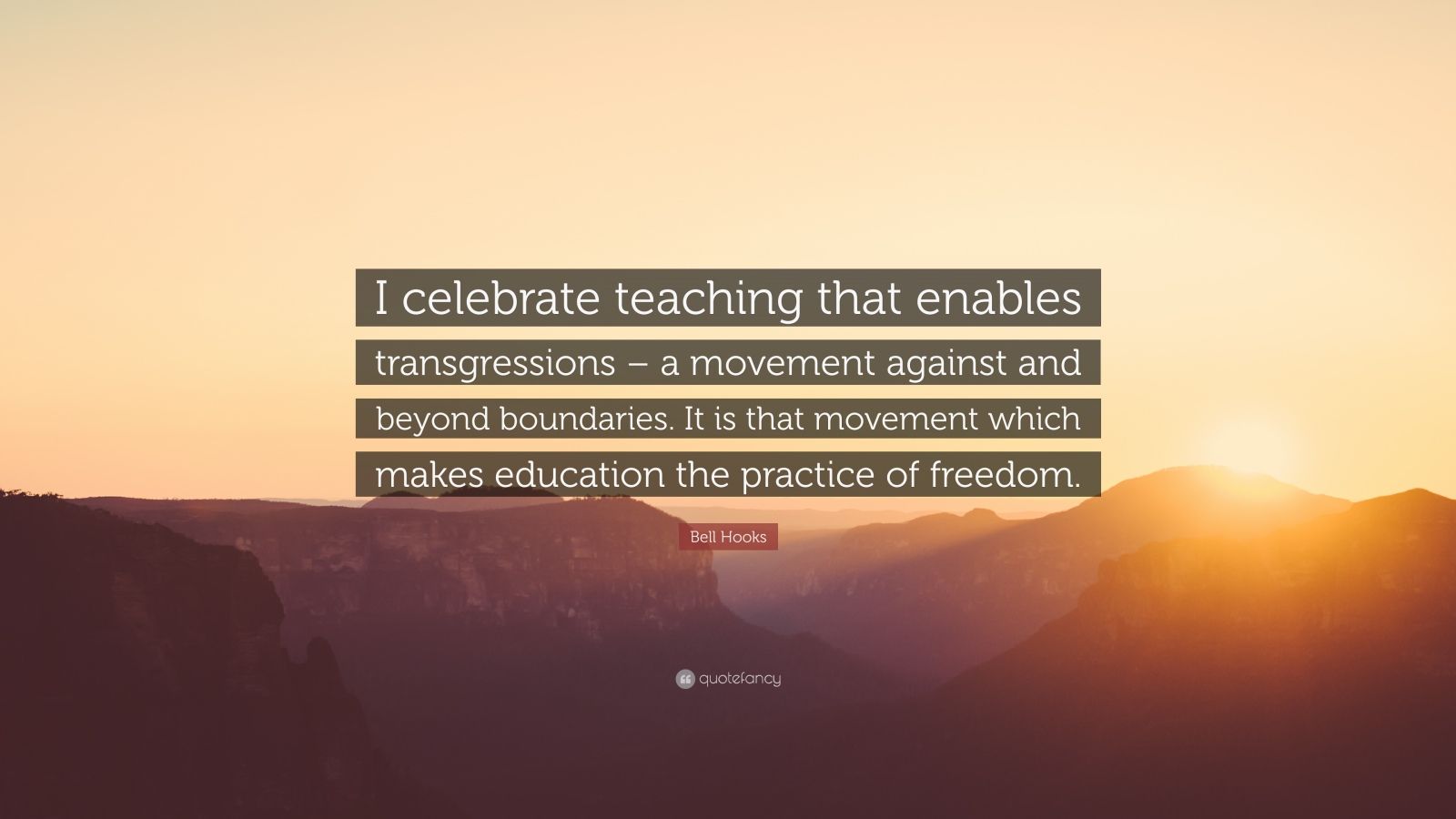
It is clear in its motivation to dismantle repressive social forms, in this context they are named: white supremacy, patriarchy, and class. This book addresses a number of issues surrounding race, gender and class. By the end of the book, teachers and students should both have new awareness and ideas they can implement about how to improve education in the classrooms in which they find themselves. From the beginning, she asserts that the classroom and the skill of teaching are incredibly important. Through 14 chapters, an index and an introduction, the author elucidates a number of feelings, findings and theories about education. Teaching is her day job she is really a writer and she knew this long before she ever became a professional teacher. It was published in the 1990s, by a woman professor in New York City. The work is a nonfiction book of the twentieth century. She notes that whether as a consequence of being female or minority, or white and male, the main teaching given in integrated schools run by whites was to obey and to respect the authority of 'authority figures.' She found that the political and social agenda of her black instructors better suited her than the conditions in the integrated environment.

She experienced both racially segregated and desegregated schooling.

The book comes from the viewpoint of an African-American woman from the South. One main tenet of the book is contained in the title: the use of education as the intentional activity of empowering and of using freedom.


 0 kommentar(er)
0 kommentar(er)
